Many phobias--those irrational, excessive fears that send us into trembling pools of dread--are rooted in evolutionary history. It's no coincidence that many specific phobias fall into one of four categories: fear of blood or injury, fear of insects and animals, fear of the natural environment, and fear of dangerous situations. These are all fears that helped our ancestors survive. If you were a caveman and saw a huge snake slithering toward you, you probably didn't stop to consider whether it was deadly or not. You just grabbed your club and prepared to either clobber the snake or run like hell.
Phobias are rooted in that primitive fight or flight response. When you see or hear something scary--a hissing snake, say--that information flies directly to the amygdalae, two little almond-shaped nuggets on either side of the brain. Trigger the amygdalae, and terror kicks in. Danger, danger, Will Robinson! But that same information also travels to the prefrontal cortex, which then forwards it to the amygdalae. The message might be, "Relax, silly, it's only a garter snake," or "You were totally right. It's a coral snake!" Scientists have found that the connection between the prefrontal cortex and the amygdalae is weaker in people with anxiety disorders, including phobias. The amygdalae just don't get the memo that there's nothing to fear.
Snakes aren't much of a threat to most people these days, although plenty of people still have ophidiophobia (fear of snakes). But we live in an age of anxiety, and modern society has provided us with plenty of other situations, things, and places to trigger our phobias. Here are seven modern phobias that never plagued The Flintstones.

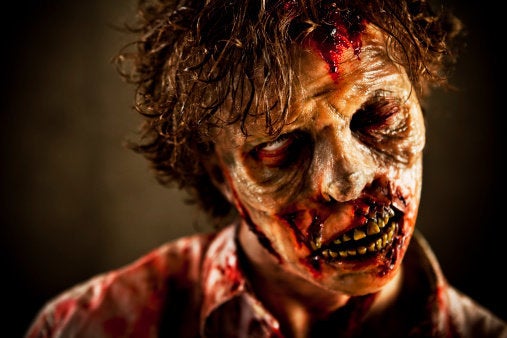
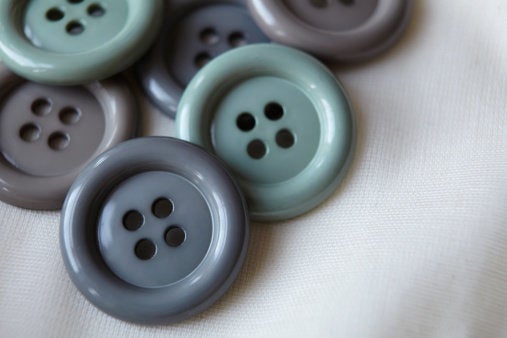

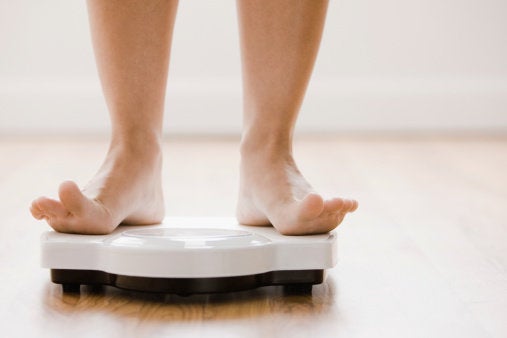
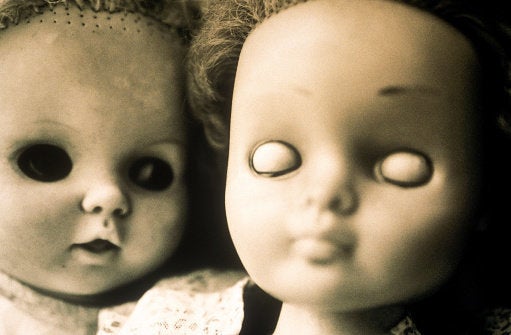
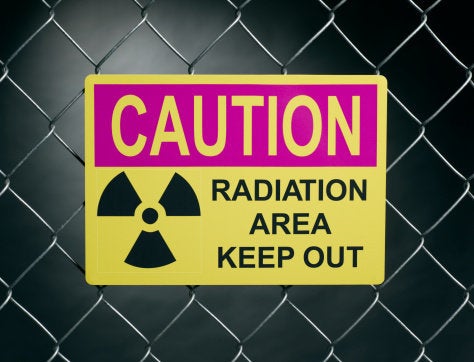
Sara Latta is the author of Scared Stiff: Everything You Need to Know About 50 Famous Phobias.